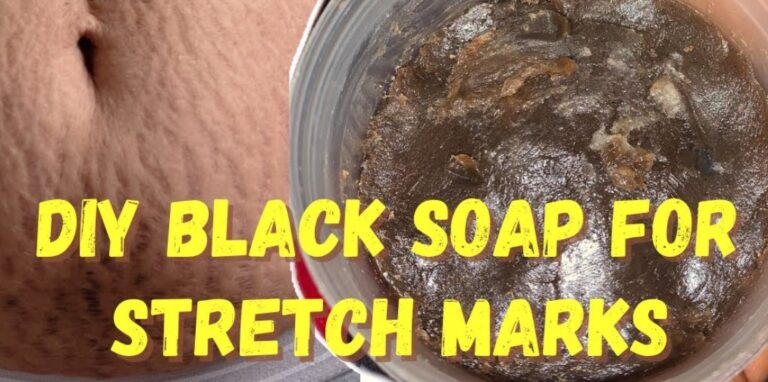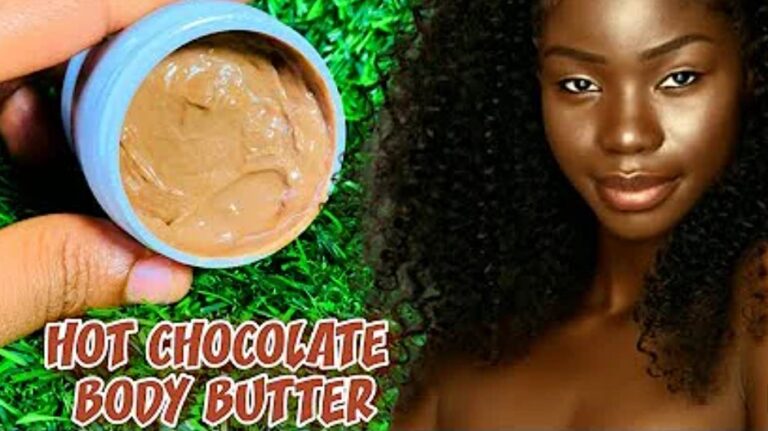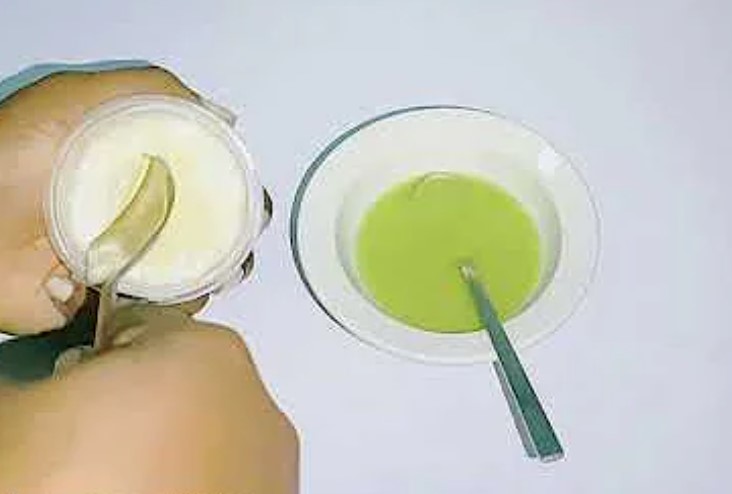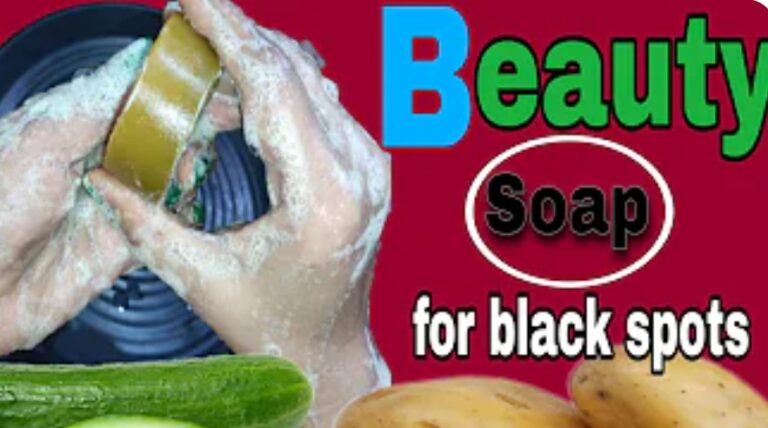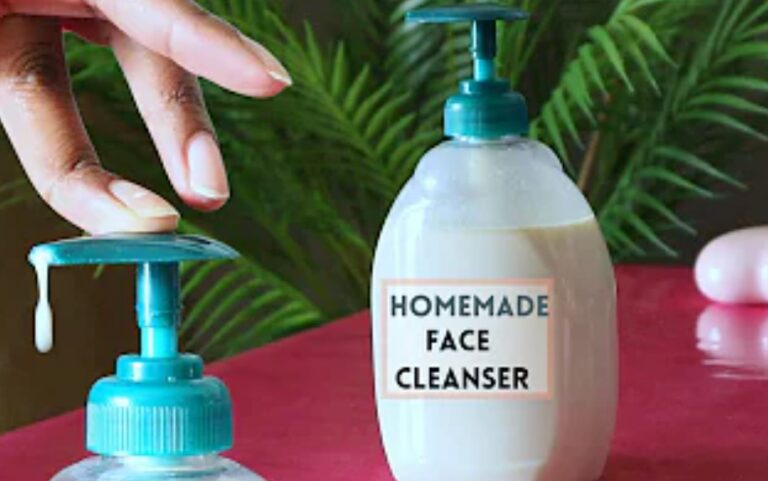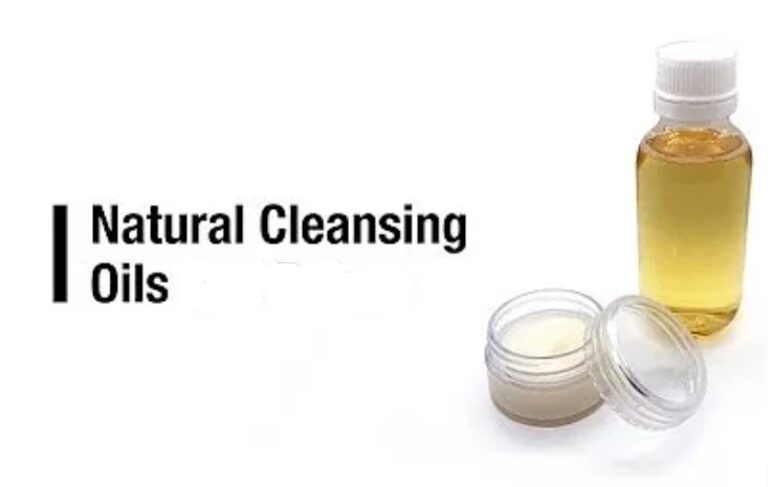Troubleshooting Common Problems in Cream Formulation
Troubleshooting Common Problems in Cream Formulation

Cream formulation is a complex process that requires careful consideration of various factors to get the desired results. Unfortunately, even with the best intentions, some common problems can arise during the cream formulation process. These problems can be related to the base cream formulation, such as incorrect emulsification or poor texture. In this article, In this conversation, we will be looking into some of the most regularly used base cream formulation problems and how they can be avoided.
1. The cream is too thick:
Some major reasons could be a result of the amount of:
- Stearic acid in the formulation. This vegetable-based product helps thicken lotion and keep the emulsion stable. It can also be used to harden cold-process soap.
- Cetearyl alcohol and cetyl alcohol: Like stearic acid, these could help to thicken and stabilize emulsions. To easily thin out your mixture, you can add more preserved distilled water or a more dilute emulsifier such as PEG-200 sorbitan stearate or PEG-300 hydrogenated castor oil.
2. Cream is too thin:
If your cream is too thin, you can add more oil or a more concentrated emulsifier such as PEG-100 stearate or stearic acid.
3. Cream feels gritty:
This is likely because you likely didn’t get all your emulsifiers fully dissolved. Fortunately, you can still simply reheat the lotion or cream in a double boiler until it is hot and fully melted, whisking continuously. Repeat the steps for mixing until the lotion is cool and ready to package. Note: a reheated batch of the product might lose some effectiveness of the preservative used in it. If you are concerned with shelf life, add a little bit more preservative once the lotion cools back below 40 degrees Celsius.
4. Cream or lotion feels waxy. Need more slips instead?
Waxiness in skin creams and lotions is often caused by the emulsifiers that are used. Selecting the right emulsifiers is a critical step when formulating a product. To achieve a smoother and more conditioning feel, you can reduce the quantity of stearic acid or emulsifying wax and add Incroquat TMS-50 instead. To achieve a silky, smooth feel on the skin, you may consider incorporating Dimethicone or Cyclomethicone at the recommended use levels. This addition would also increase glide and slip.
5. Cream feels too greasy
Greasy-feeling creams or lotions may be caused by various reasons. It could be a result of incorrect ingredient proportions, the wrong type of emulsifier, or excessive amounts of oil in the formulation. If you’re looking to make your recipe lighter, switch out the heavier oils such as Jojoba, Avocado, and Hemp with lighter alternatives like Sweet Almond, Apricot Kernel, or Coconut Oil Fractionated. These can penetrate the skin faster and still provide all the benefits of their heavier counterparts. Excess butter can make your products greasy. To combat this, some customers have added a small amount of tapioca starch to the recipe which may help reduce the greasiness. However, we cannot confirm its effectiveness as we haven’t tested it out ourselves.
6. Cream Separated
The separation of creams and lotions usually occurs if the emulsion is not stable during the cooling process. Keeping the emulsion balanced is essential to prevent this from happening. To prevent the formation of lumps and ensure that all the ingredients are properly blended ( shea butter and waxes especially), it is essential to whisk your cream regularly (about every minute or two). The addition of beeswax as an emulsifier often leads to cream separation as well, so this should be avoided. you can use emulsifying wax instead.
7. Cream gets mouldy
Employing preservatives, and maintaining clean packaging materials and production equipment can help reduce the risk of mold growth. If it appears in some of your bottles, particularly around the edges or on the surface, then the explanation for this is that studies have revealed that when freshly packaged with the lids on, lotions and creams continue to cool down over a few hours and during this time, moisture evaporates away. If there is moisture on the inside of the cap and around the edge of your product, it can lead to mould growth over a short period. This is because condensation lacks a preservative that can prevent such issues.
To ensure that your lotion won’t separate, you can practice a simple technique. Shaking the bottle of lotion once a day after making it will help redistribute any moisture and mix it back together with the rest of the lotion. And for your creams, make sure you dry off any moisture from the inside of the cap before use. Additionally, a quick stir prevents any settling that could occur between uses. Unfortunately, there is no way to guarantee that potential foreign contaminants will be eliminated. To safeguard your products from bacteria and other contaminants, we highly advocate the use of cream spatulas when dealing with jar creams. This helps to prevent fingers from dipping into the product, resulting in a cleaner experience for your customers.
8. Is Preservative a necessity for Cream formulation?
I strongly advise against skipping out on preservatives in products with water content as bacteria can easily form when this element is present. Though some have been able to succeed without it, the use of preservatives guarantees a longer shelf life and quality. It’s important to remember that even if the surface of the cream looks mould-free, it could still contain potentially dangerous microscopic bacteria. Preservative selection is critical to product protection from bacteria, fungi, yeast, and other microorganisms. An apt preservative should be able to cover your product against a wide array of these microbe species.
Tips for Successful Cream Formulation
When creating a cream, it’s important to be mindful of some key points. Selecting the right base is essential as it’ll have a major impact on the consistency and texture of your cream. If you choose a thick base, your cream will be thick. If you choose a thin base, your cream will be thin.
- Add thickeners as needed – If you want to improve the texture and consistency of your cream, you can add thickeners to give it a richer, thicker feel.
- Always remember to measure your batches and quantities on a scale. I recommend using weight measurements because it is more accurate and makes doubling a batch easier. Often volume measurement equipment can vary depending on manufacturers so the most accurate form of measuring a formula is by weight (in grams). Any scale that can be measured in 1-gram increments is recommended.
You can also read: Mastering the Art of Base Cream Formulation
